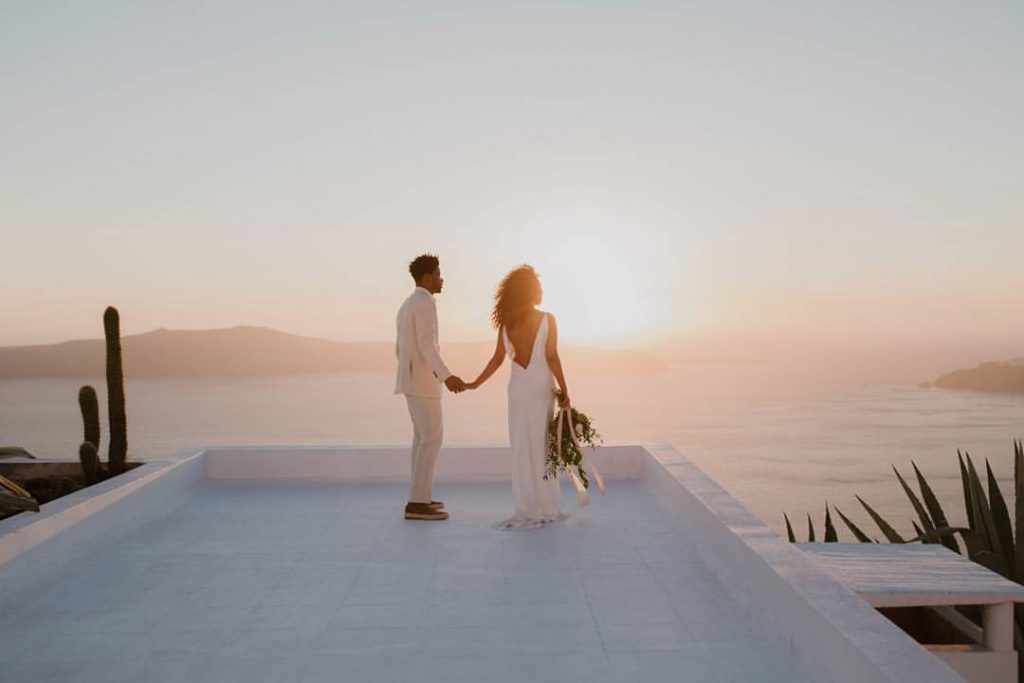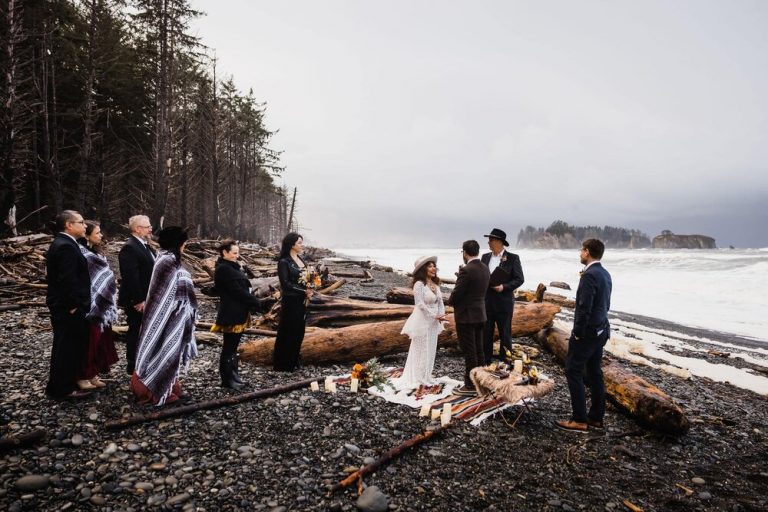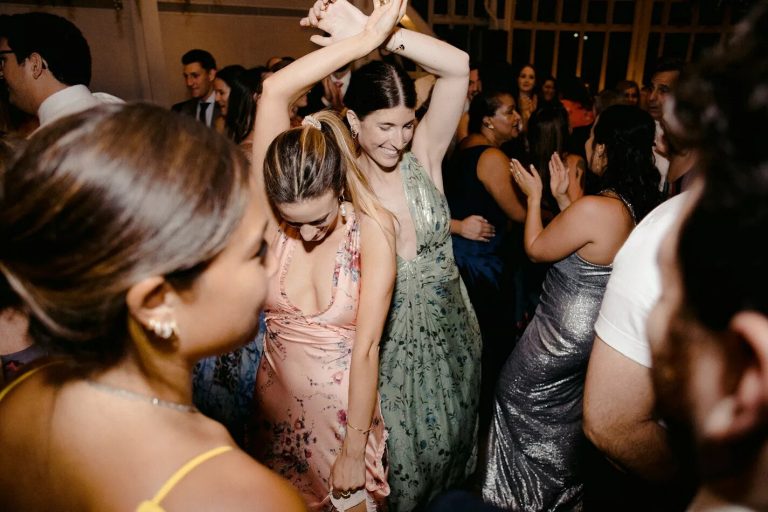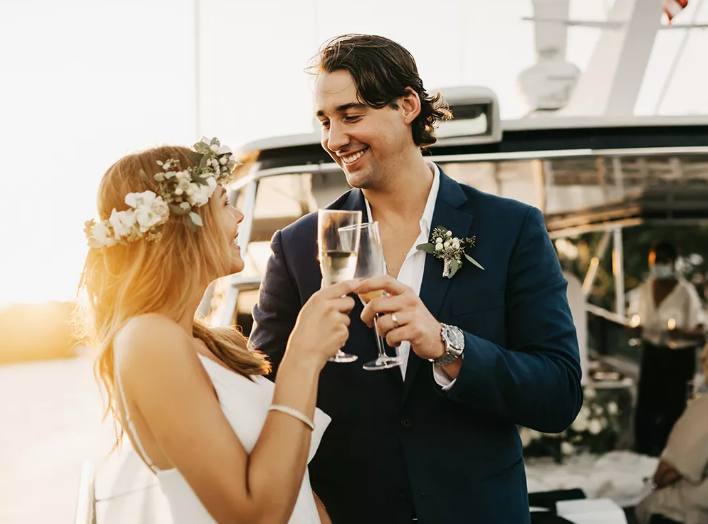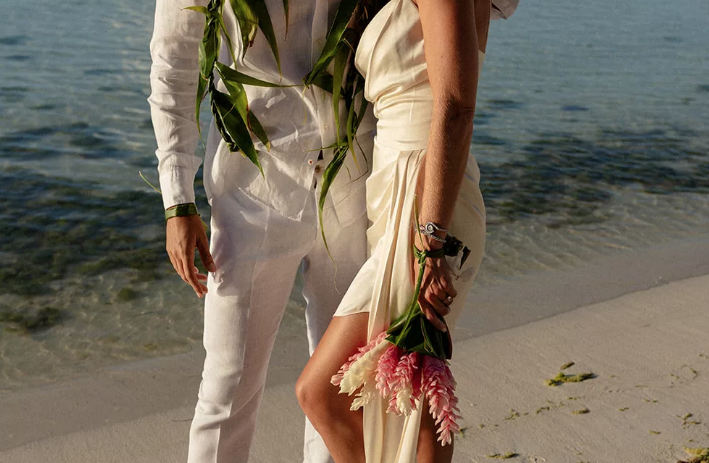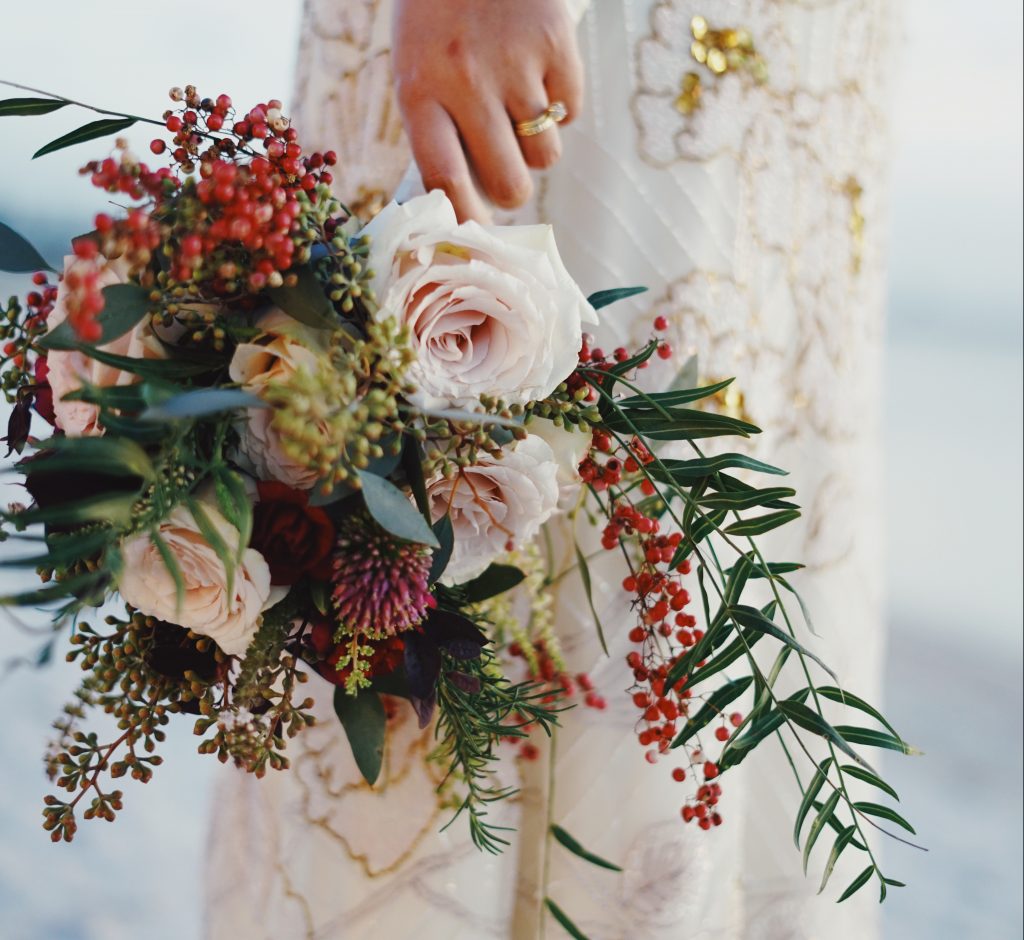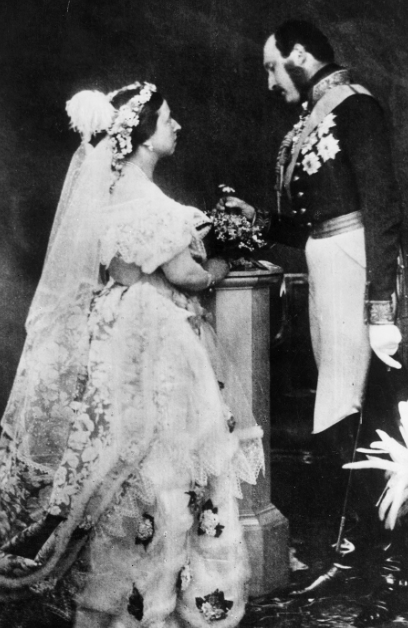While saying “I do” is a magical experience that inherently symbolises love, sometimes bridal couples are looking to step away from tradition and personalise their wedding experience… spice things up, even.
If you’re looking to put a unique spin on your upcoming wedding ceremony, why not incorporate various rituals from around the world that embody the very meaning of marriage: unity.
Here are a few traditional and modern rituals that encompass this very word, and provide a foundation for couples looking to incorporate something a bit more unique when it comes to their nuptials.
Take what resonates and toss what doesn’t, here are six creative wedding rituals that are well about two partners in love:
Jump the broom
Jumping the broom has its roots in African American culture, but the meaning behind this ritual is universal. The ritual originated in the early 19th century when slaves were not formally allowed to get married.
Instead, couples looking to get married would place a broom on the ground and hop over it together. The tradition has now come to mean a “brushing away” of the parts and starting things on a clean slate.
Releasing butterflies
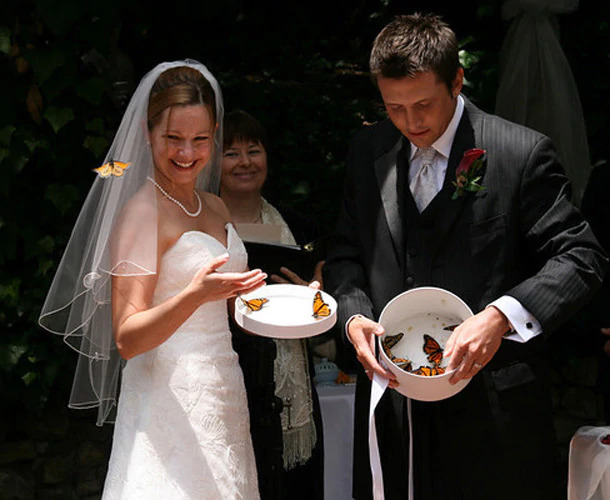
Is there anything more romantic than rose petals and butterflies? Butterflies often represent change, hope, life and transformation, and there’s nothing more transformational than getting married.
Releasing butterflies at your wedding ceremony is meant to encompass all of these elements as you start your journey as newlyweds.
Light a candle
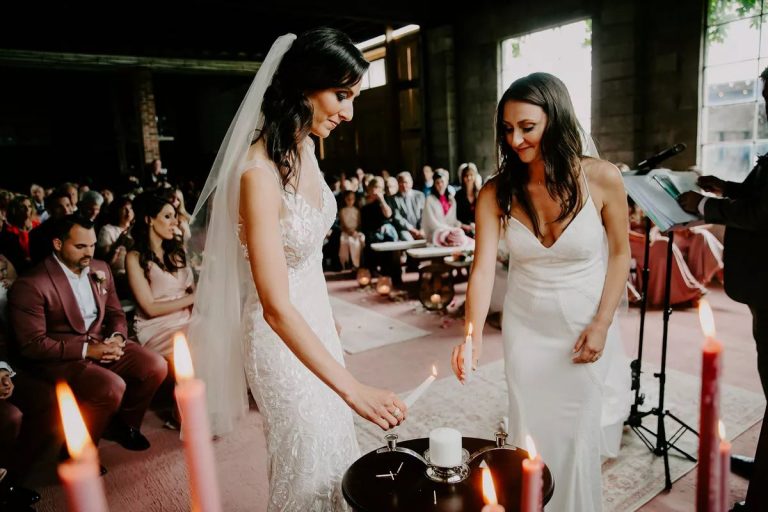
This tradition is often associated with the Judeo-Christian faith and is a common practice that’s associated with “two becoming one.”
During the ceremony, the bride and groom each light a candle and combine their flame to ignite a third and larger one.
Handfasting
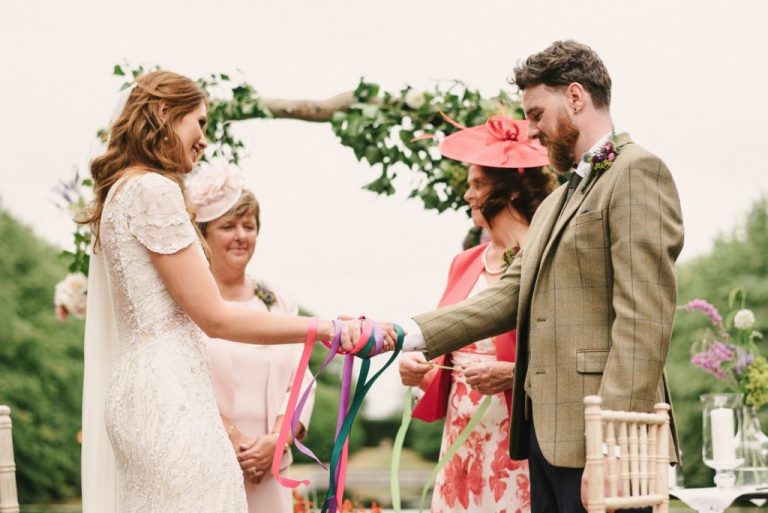
This is a beautiful ritual that stems from an ancient Celtic tradition of the same name. Basically, it sees the bride and groom hold opposite hands, ensuring that their arms are tied together lie a figure eight before it is tied together with a ribbon – ultimately symbolising union.
The fabric is also great to keep and pass down to your children.
Plant a tree
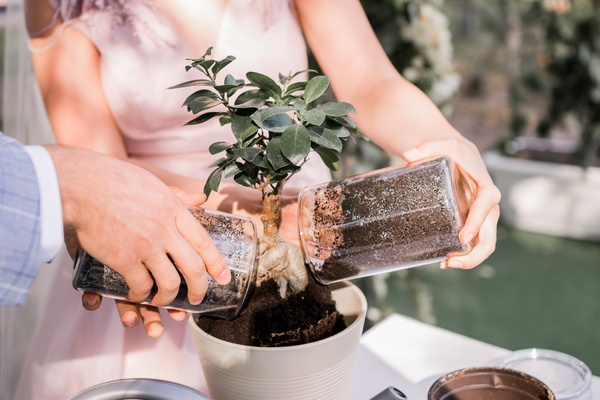
Watching something grow can be a beautiful experience. Similar to the love that is shared between two partners, the physical symbol of a tree growing from a sapling into a strong tree can represent growth and strength between partners.
A great way to include this ritual into your ceremony is by having the bridal couple scoop a handful of soil and add it to their planted tree.
Create a time capsule
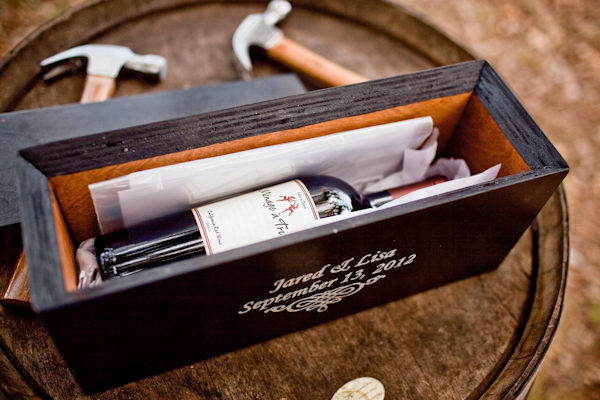
Time capsules are not just for keeping kids entertained. Add a bunch of meaningful items into a box – items that are specific to you and your spouse – and nail it shut together.
This new and different ritual is all about doing something together. You can open this in the next 10 years or on your one year anniversary.
Picture: Laurken Kendall


